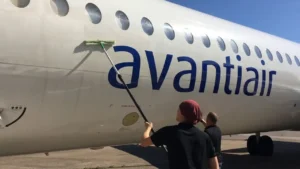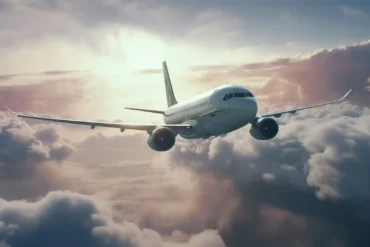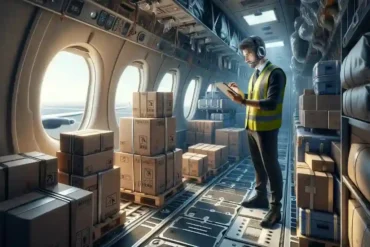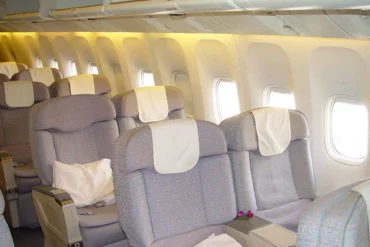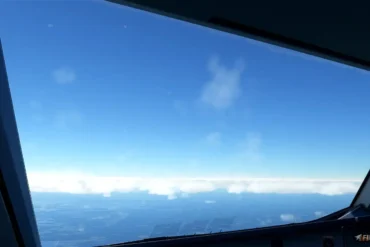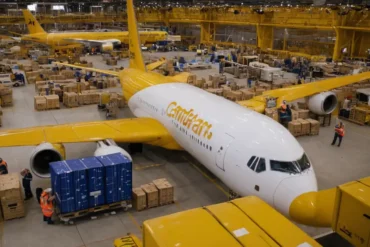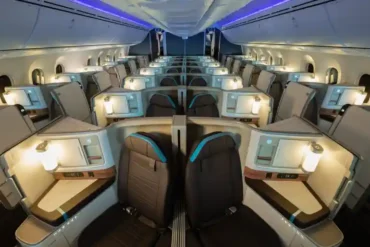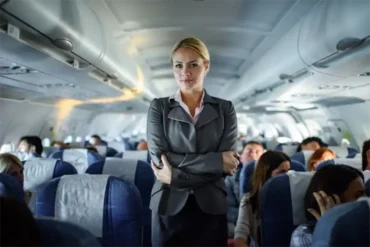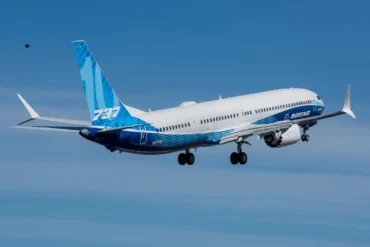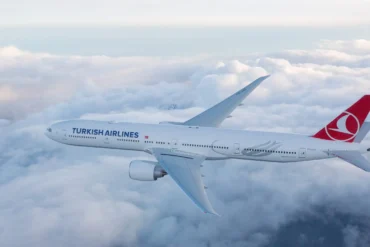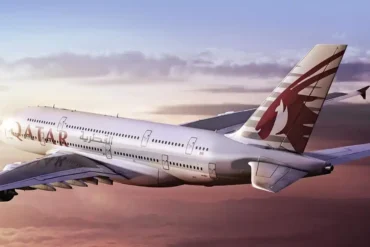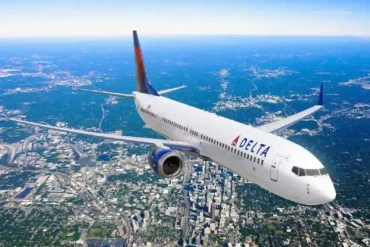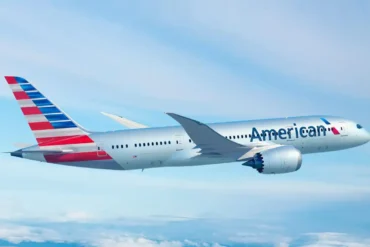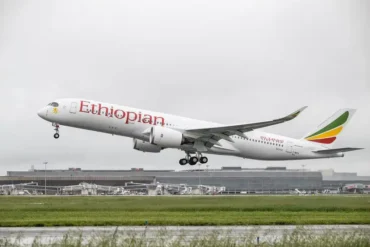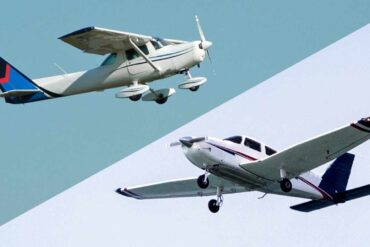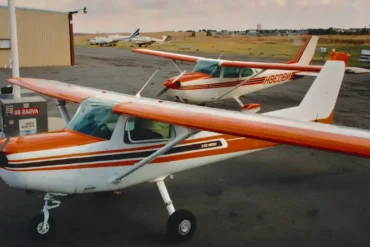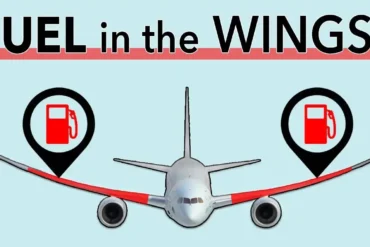Keeping planes clean is super important, especially since the pandemic started. Airlines have to work fast between flights, so they need quick and easy ways to clean that fit into their busy schedules. This includes tidying up inside the plane between flights and giving the outside a good scrub during regular checkups.
Let’s talk about keeping the outside of the plane clean. It’s not just about making the plane look nice (though that’s important for the airline’s image). Getting rid of dirt and gunk actually helps the plane fly better and more efficiently. Plus, when you clean the outside, it’s easier to spot any damage. That’s why many airlines clean the outside right before they do their regular safety checks.
Washing a plane isn’t as simple as you might think. Before you start, you have to cover up all the sensitive bits like sensors. Then you’ve got to figure out how to reach every part of that huge plane body. It takes a while, but it’s worth it to keep the plane looking good and working well.
Cleaning planes takes time and effort. Lufthansa says it can take anywhere from 8 to 24 hours, while United Airlines says about five hours with up to five people working on a big plane. Because it takes so long and keeps the plane out of service, airlines don’t do this every day. Most clean their planes every two to six months, usually when they’re already doing other maintenance work.
There are two main ways to clean a plane: wet washing and dry washing. Wet washing uses high-pressure water and special soaps. Some airlines don’t have to clean as often now because the soaps have gotten better. Dry washing is newer. It uses cleaning stuff that you put on and then wipe off with mops or cloths. Emirates says they save a ton of water (11.7 million liters a year!) by using dry washing, which is great for the environment.
Cleaning plane engines is a whole different ball game. When you’re washing the outside of the plane, you have to be really careful to cover up the engines so they don’t get damaged. Engines don’t get cleaned as often, usually only when the plane is in for a big checkup.
To clean inside an engine, they pump clean water through it until the water coming out is clear. If there’s sticky stuff built up, they use special cleaners to break it down. This helps keep the engine running smoothly.
Now, let’s talk about cleaning inside the plane. This happens way more often than cleaning the outside. After every flight, the inside needs some attention to keep passengers happy. For short, cheap flights, a quick tidy-up between trips is usually enough, with a bigger clean at the end of the day. Long flights need a really good clean before the next trip.
Cleaning inside the plane has changed a lot because of COVID-19. There are new rules from IATA about how to clean. A quick clean includes picking up trash, changing linens, and wiping surfaces. A more thorough clean involves vacuuming, checking seat covers, and using more disinfectant.
Since COVID, cleaning has gotten even more serious. They do deep cleans of all surfaces and even use fog to disinfect. Some airlines, like United, use robots to spray special germ-killing stuff and UV lights to clean the cockpit.
On top of regular cleaning, planes also get super deep cleans every so often. Singapore Airlines does this every month, while British Airways does it about every 500 hours of flying. These deep cleans cover everything – all surfaces, seats, fabrics, and important spots like air vents.
